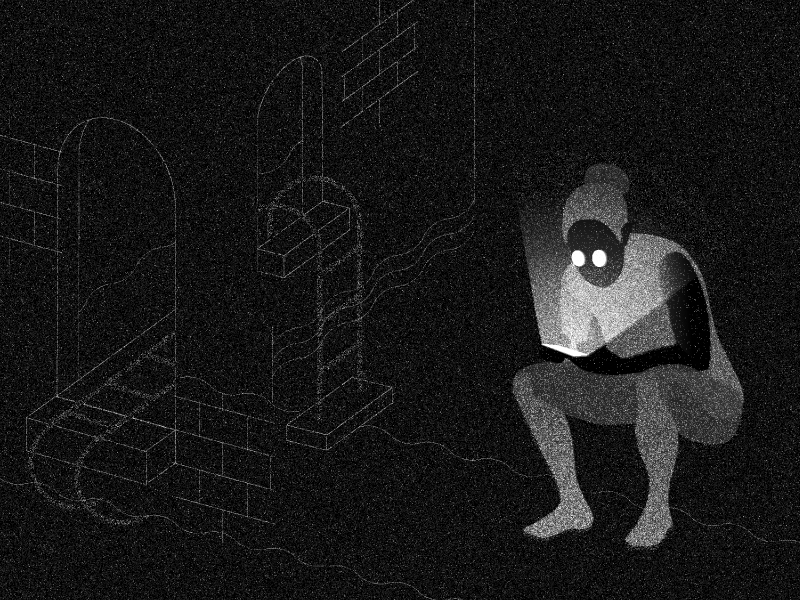Everything You Need To Know About Dark Patterns
Dark patterns are tricky user interfaces that get users to do things or click on things they do not intend to do. Dark patterns are everywhere on the internet and they are unethical means to get users to do what you want. There are many types of dark patterns and they all use various tactics to trick you into giving them what they want. They are deceptive, ambiguous and company centered, which is completely against what companies should actually be.

How they trick you
Dark patterns pop up out of nowhere and they can trick you into clicking, signing up, buying something or subscribing by using various means. They sometimes use psychological means to do so and might target your emotions at other times. They are also designed in a way so that people have to engage with them in order to get to the part of the web page that they need. Since most people online are in a hurry and skimming through, they fall prey to these tactics without even knowing.
They also target the sense of “Fear of missing out” or FOMO which appeals the most to people. Simply writing “one time offer”, “limited time only” etc. push people to do what is being asked.
Dark patterns also incorporate bright and big buttons that users just click on without reading the text. That way, users actually give consent to these sites without even knowing what they are agreeing to. This usually works because people are busy and do not have time to read or simply because they may be too lazy to read. Either way, they click on it so they can get to what they want quickly. Pop-ups are the best examples of such intrusive dark patterns.
Despite being unethical, dark patterns are commonly used as they have proven to be effective and bring the best conversion rates. Their effectiveness is only short-lived though because, in the long run, most customers will leave the company after finding out that they were tricked.
Types of dark patterns
There are many different types of dark patterns that one should be aware of. Here are some of them according to the official dark patterns website:
· Bait & Switch
This is the kind of trick that forces you to do an action in hopes of achieving something, but another output is achieved which is not desired. For example, you click on “close” but instead of closing, another dialogue opens or you get a dropdown menu with various other options.
· Sneak into basket
This has got to do mostly with online shopping. You may have noticed a few times that something is in your cart at the time of checkout that you did not add yourself. That is because of dark patterns that use check-box tactics to do so.
· Disguised Ads
Disguised ads are fake ads that are made to match the design of the website. When they look a part of the site, users may click on them unintentionally and be taken to the advertiser's site. You may see 4 or 5 similar looking download buttons on a site. Chances are that most of them would be disguised ads.
· Roach motel
Roach motel traps people through an easy signup process and an extremely complicated unsubscribing process. You find it impossible to leave. Premium subscriptions, newsletters, and email marketing are a few examples where you may not be able to find an unsubscribe button at all.
· Confirmshaming
These are forms that guilt people into registering. They appeal to the emotional side and they are quite effective yet unethical. The reclining option is composed in a way that makes a person feel embarrassed or ashamed to do so.
· Privacy Zuckering
This has been named after the CEO of Facebook and this dark pattern makes you share information about yourself that you did not want to. Many online quizzes are developed in such ways where you have to answer a few personal questions to get to the result.
· Hidden costs
This has to be one of the oldest dark pattern tricks that have even been used with normal shopping. Basically, you find out at checkout that there are additional charges such as delivery, tax or sales tax. Similarly, you can be tricked into paying more for a subscription as well.
Dark patterns are unethical ways of getting users to do things that they are unwilling to do. This trickery is considered bad in the long term as well. There are many different types of dark patterns, some of which have been mentioned in this article. Try to beware of them the next time you come across them. Daily you can hear more about this type of techniques in special on cnn radio live streaming channels.

Comments